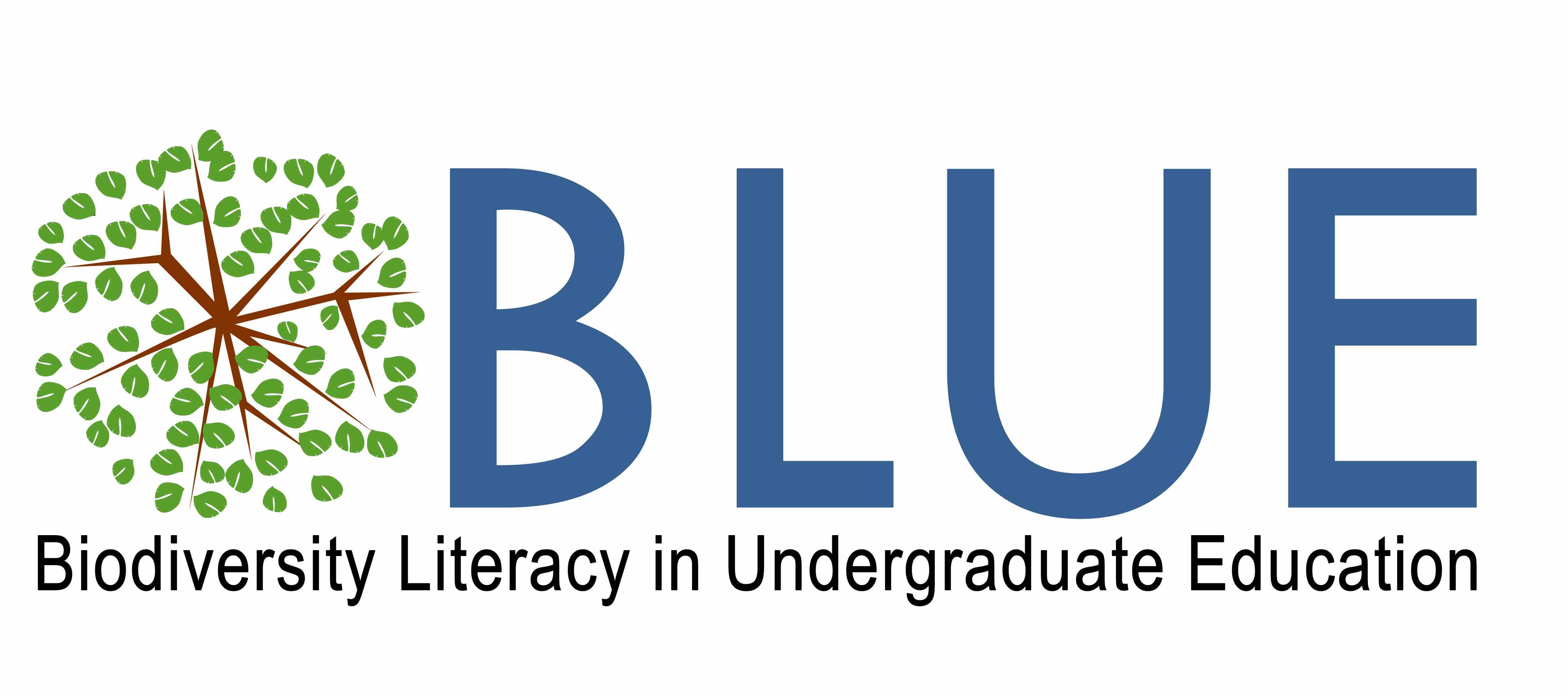Nature’s Flying Machines: The Evolutionary Relationship of Avian Form & Function
Author(s): Melissa Haswell
Davenport University
1092 total view(s), 1462 download(s)
Summary:
In this series of activities, birds will be used as the model organism. The modules examine the connections between body form and function over time by investigating the relationship between avian form and function.
Contents:
GBIF User Guide-Monfils et al 2019.pdf(PDF | 558 KB)
- GBIF
- All About Bird Anatomy - The Cornell Lab of Ornithology
- The Origin of Flight--What Use is Half a Wing? | HHMI BioInteractive Video - YouTube
- Michigan's Rare Animals - Michigan Natural Features Inventory
- Online bird guide, bird ID help, life history, bird sounds from Cornell All About Birds
- Movement: Nature's Flying Machines (v1.0)
- Movement: Nature's Flying Machines (Online) (v1.0)
GBIF User Guide-Monfils et al 2019.docx(DOCX | 2 MB)
IDigBio User Guide-Monfils et al 2019.docx(DOCX | 2 MB)
BirdWingTypes-Handout.pdf(PDF | 507 KB)
GBIF User Guide-Monfils et al 2019.pdf(PDF | 558 KB)
Haswell_BLUE_Module_Flying_Machine_Finaldocx.docx(DOCX | 4 MB)
- License terms
Description
Objectives for Identifying the relationship between form and function
- Identify & compare beak types between various bird species from a digitized natural history collection.
- Identify function and related food source for each beak type.
- Identify flight patterns for various bird species.
- Identify and compare the relationship between food sources (beak form and function) and migratory patterns (wing form & function).
- Identify the relationship between food sources and reproductive strategies in migratory bird species.
- Practice accessing digitized natural history data from an international biodiversity data base.
- Participate in a collaborative team project.
- Create a life history for a Michigan bird species in the form of a poster.
Notes
Version 1 from BLUE FMN 2019. Tested as a combination of in-person and online instruction for a lecture course for majors in biological laboratory science introductory course.
Image Source: "Pune Gettogether - Birds Flight Formations .. :)" byRaman_Rambo is licensed under CC BY-NC-SA 2.0
Cite this work
Researchers should cite this work as follows:
- Haswell, M. (2020). Nature’s Flying Machines: The Evolutionary Relationship of Avian Form & Function. Fall 2019 BLUE FMN, QUBES Educational Resources. doi:10.25334/Y5J7-KZ49
